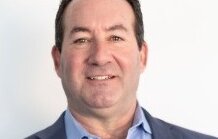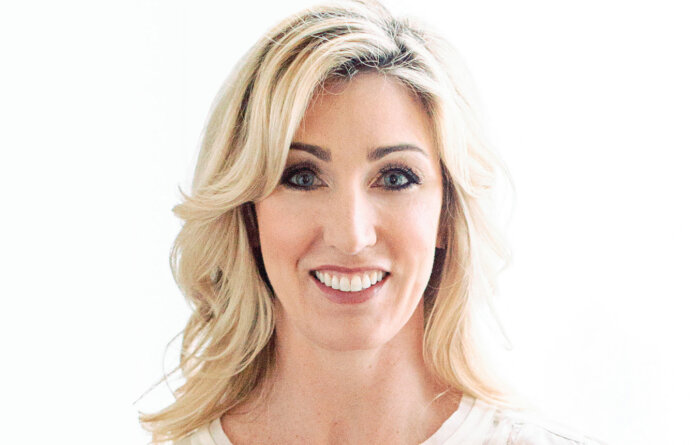PERSON OF THE WEEK: Mortgage lenders and servicers are readying for a wave of foreclosures resulting from the sunsetting of pandemic-related foreclosure moratoriums – however, with mortgage relief options available to borrowers on the state level and an improving job market, it’s difficult to say how bad the situation will become. Regardless, lenders and servicers must have the resources and infrastructure in place to accommodate a spike in defaults in a compliant manner.
Waiting in the wings for lenders and servicers are their subservicer partners, which are also prepping for the potential spike in foreclosure volume – a spike that will likely have a much different set fo characteristics compared with the crash of 2008.
In a recent interview with MortgageOrb, Samantha Manfer, executive vice president, chief business development and brand officer for Planet Home Lending, explains how diverse mortgage organizations that offer origination, servicing and subservicing can potentially provide investors with more sophisticated options for managing or liquidating distressed assets during shifting market conditions.
Q: What trends are you seeing in asset management?
Manfer: Investors are applying more sophisticated analysis to identify multiple real-time execution options in response to market shifts.
Traditionally, investors have specific strategic approaches for each asset. If you bought a nonperforming portfolio, you modified, refinanced, or foreclosed and sold the property as REO. If you bought a performing portfolio, you serviced the loan until the borrower paid off and transferred any defaulted loans to a special servicer.
Today, investors realize that when the market shifts, having the ability to change the strategic plan for an asset can preserve or even improve projected returns. Nimbleness, resourcefulness and real-time flexibility provide better returns in any market cycle.
You shouldn’t have to change your subservicer just because you change your mind about an asset.
Q: Can you give me a couple of real-life examples of what you are seeing?
Manfer: A simple example might be evaluating refinancing to liquidate an asset and reinvest the capital elsewhere versus defensively refinancing and having us return the mortgage servicing right (MSR) to maintain your servicing book.
Q: How is that trend reshaping subservicing and asset management?
Manfer: Traditionally, most subservicers are siloed, even binary, meaning they specialize in either performing or nonperforming assets classes. They either know servicing or origination. The mortgage assets go into a track with a set beginning and end – and stay locked in that track until the loan is paid off or sold.
Today, investors want a complete mortgage origination and servicing solution. They want to consider all the monetization options and move assets freely from performing to nonperforming, from servicing to originations — without transferring the loan. That requires a subservicer and asset manager with much broader expertise. Monetization isn’t just offering refinancing in 10 states. It’s having all the tools that could be employed to maximize profit from an asset located anywhere.
Q: What options do investors want?
Manfer: Those tools might include collections, bankruptcy management, foreclosure, modifications and loss mitigation nationwide so investors can buy pools with the broadest possible range of underlying assets. It’s refinancing to protect against runoff or liquidate an asset and purchase loans for move-up buyers.
Once those options are available, investors can maximize value by opting for a more profitable strategy or, to go back to the track analogy, by changing the track the loan is in without having to move it to another subservicer, asset manager or special servicer.
Private clients that do not have the in-house analytics and expertise to evaluate their options and take real-time actions usually want a business partner that can take on an advisory role.
The bottom line is investors want to be able to pull one lever, and when the market turns, quickly pull a different lever to increase profit or protect value.
Q: How has that trend played out for Planet Financial Group?
Manfer: Planet has four channels and a specialty team that we have synched to create our “monetization engine” division eco-system. Planet Management Group manages the asset, Planet Home Lending supplies the subservicing, servicing, and retail retention, and our secondary markets team repackages and makes deals. This synergy drives the engine with the precision needed to support investors’ goals. This monetization engine brings something unique to the market.
Naturally, even in a company where collaboration is a core value, assembling the operational support and breaking down channel siloes was challenging.
We had to build teams of people with unique experience who understood performing and nonperforming servicing as well as residential and commercial originations. Getting licensed to originate in 47 states was a big capital investment. Setting up IT, communications and compliance systems to smoothly and securely move borrowers back and forth across channels was also a huge undertaking.
But the result justifies the cost and effort. To continue with the metaphor, we now have an engine capable not only of speed on the track but of strategically moving from track to track seamlessly.
We know the monetization engine works because PMG and PHL have used it to analyze and maximize profits on our $41 billion portfolio and for private clients in a variety of cycles. When rates swung up and when they fell, when the pandemic led to sweeping job loss, and when state foreclosure laws changed, best execution shifted. Having options in every cycle maximized returns for our clients and for us.
Q: What’s the most significant challenge you face right now?
Manfer: We built the portfolio monetization engine for ourselves and then leveraged it for some of our strategic relationships. Planet hired the experts to build and run the engine. We put the people and tools in place to identify best execution and deploy virtually any strategy you choose.
Clients liked it so much that they brought over larger and larger portfolios and new asset classes.
I sometimes joke that next, we’ll be asked to service airplane leases.
We provide a high level of service to our clients. Given our broad monetization offering, we make sure we have the resources and capacity to support their expected portfolio returns. And because of this, we choose our clients wisely.
Hiring has been challenging for two reasons. One, we are selective about who we hire. Two, we had to reshuffle our workforce to respond to the forbearance environment.
That cross-channel knowledge came in handy because when we needed people who could handle workouts for Planet and our private clients, we already had them in-house.
Now, forbearance volume is way down, and falling origination volumes have forced some industry players to start shedding employees. We hope to expand capacity going forward through select hiring and by returning our teams to their original duties.
Q: What do you see happening next?
Manfer: I suspect competitors will want to create similar platforms for clients who expect more and want sophisticated performing and nonperforming monetization options to meet their returns.
However, I’m not worried about the competition. We are a well-capitalized, nonbank servicer that’s lean and efficient. We have the track record, the experience and the foresight to build the complete engine when others have stuck to a traditional, single focus.
We will remain a strong competitor against traditional servicers and subservicers because we have the best people. A great platform can manage the data and the process, but we have leadership that understands assets and people who can connect with borrowers, understand their situations and find ways to resolve loan challenges.












